In our modern industrial era, minimizing downtime is paramount to achieving optimal productivity, operational efficiency, and profitability. Equipment malfunctions and failures can lead to costly downtime, hampering operations, and adversely affecting the bottom line. Fortunately, advancements in technology have provided a robust solution: Predictive Maintenance Technologies. These tools forecast potential equipment failures, allowing businesses to address problems before they lead to downtime. Let’s delve deeper into how predictive maintenance technologies can effectively halt downtime in its tracks.
Predictive maintenance (PdM) is a proactive maintenance strategy that uses data-driven, proactive monitoring techniques to predict equipment failure before it occurs. Unlike reactive maintenance (fixing things when they break) or preventive maintenance (scheduled maintenance irrespective of the condition), PdM is about fixing things just before they are about to fail. This approach allows maintenance teams to streamline their resources, extend equipment life, enhance safety, and most importantly, avoid costly, unscheduled downtime.
The rise of the Industrial Internet of Things (IIoT), Big Data, Machine Learning, and Artificial Intelligence (AI) has revolutionized predictive maintenance. Let’s take a look at some of the key technologies driving predictive maintenance strategies:
These devices collect real-time data about equipment conditions, tracking variables such as temperature, vibration, humidity, and pressure. This data forms the backbone of predictive maintenance, allowing for continuous monitoring and early problem detection.
Data collected from various sources is meaningless without the right analytical tools to decipher it. Predictive analytics tools apply statistical models and forecasting techniques to the data, predicting trends and failure points.
Machine learning algorithms use historical and real-time data to learn equipment behavior over time, improving their predictive accuracy. AI complements this by automating the analysis, delivering real-time insights, and offering prescriptive maintenance suggestions.
Now, let’s consider some specific predictive maintenance technologies that have proven instrumental in minimizing downtime:
One of the most widely-used predictive maintenance technologies, vibration analysis, detects anomalies in the vibration patterns of machinery. As most machine components start to vibrate abnormally before failure, identifying these changes can predict potential issues.
This technology measures thermal patterns and heat emissions in equipment components. Overheating often precedes equipment failure, making this an effective tool in identifying areas of concern.
Used predominantly in industries with heavy machinery, oil analysis detects impurities in oil used in equipment. This technique can diagnose wear and tear, contamination, and other oil-related issues that could lead to equipment failure.
Ultrasonic detectors pick up high-frequency sounds produced by equipment leaks or electrical discharges, identifying issues that are often inaudible to the human ear.
This technique monitors the operating conditions of motor-driven equipment by analyzing the motor current. Any changes in the current signature can indicate potential problems.
Successfully integrating predictive maintenance technologies into your maintenance strategy requires a structured approach:
Start by identifying equipment whose failure would have a significant impact on production or safety. These should be your initial focus for predictive maintenance.
Deploy sensors and IoT devices to collect necessary data. Ensure that this data is integrated effectively with your existing IT infrastructure.
Select suitable predictive analytics tools aligned with your business needs and capabilities. These tools should effectively analyze your data and provide useful, actionable insights.
Your maintenance team should be adequately trained in the use of predictive maintenance technologies. They should understand how to interpret the data and insights provided and take appropriate action.
Predictive maintenance is not a “set and forget” strategy. Regularly review and refine your processes based on the insights gathered, and adjust your maintenance strategies as needed.
Predictive maintenance technologies represent a revolutionary shift in the way businesses approach equipment maintenance. By predicting equipment failures before they occur, these tools can effectively stop downtime in its tracks, enhancing operational efficiency and profitability. By investing in these technologies and integrating them into a well-planned maintenance strategy, businesses can look forward to more productive, cost-effective, and safe operations.

© 2024 The Industrial Service Group
|
Uploaded
Failed
|
 |